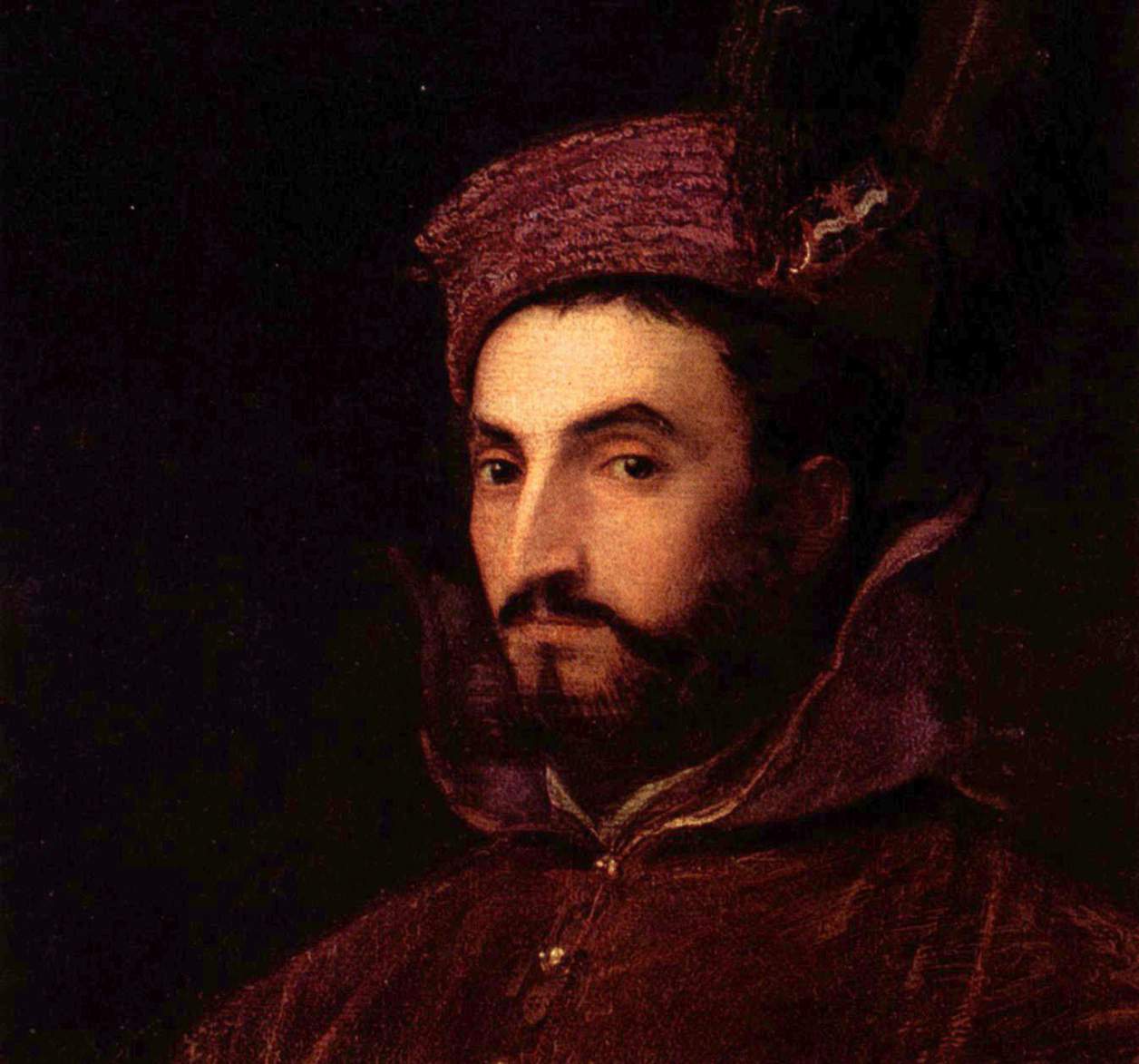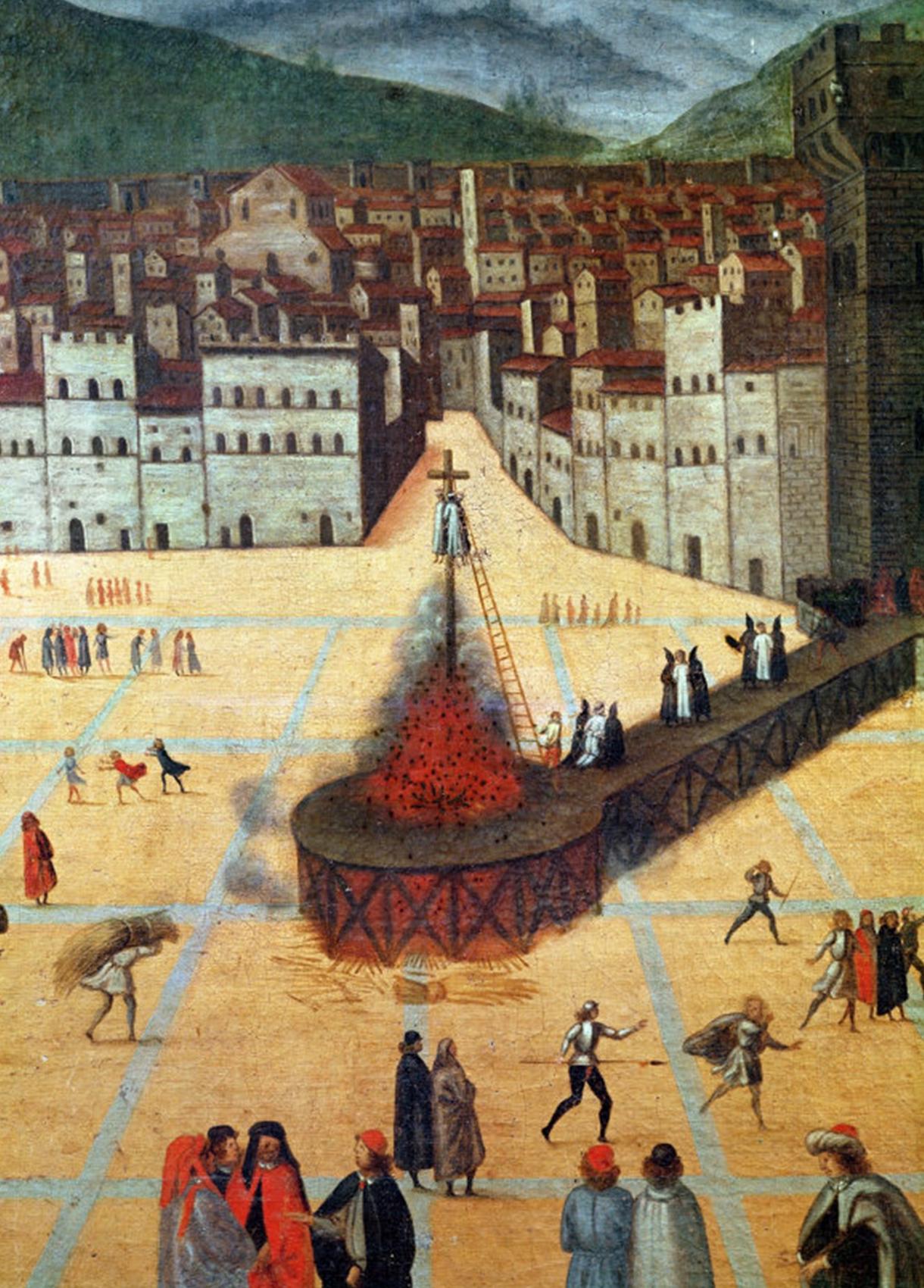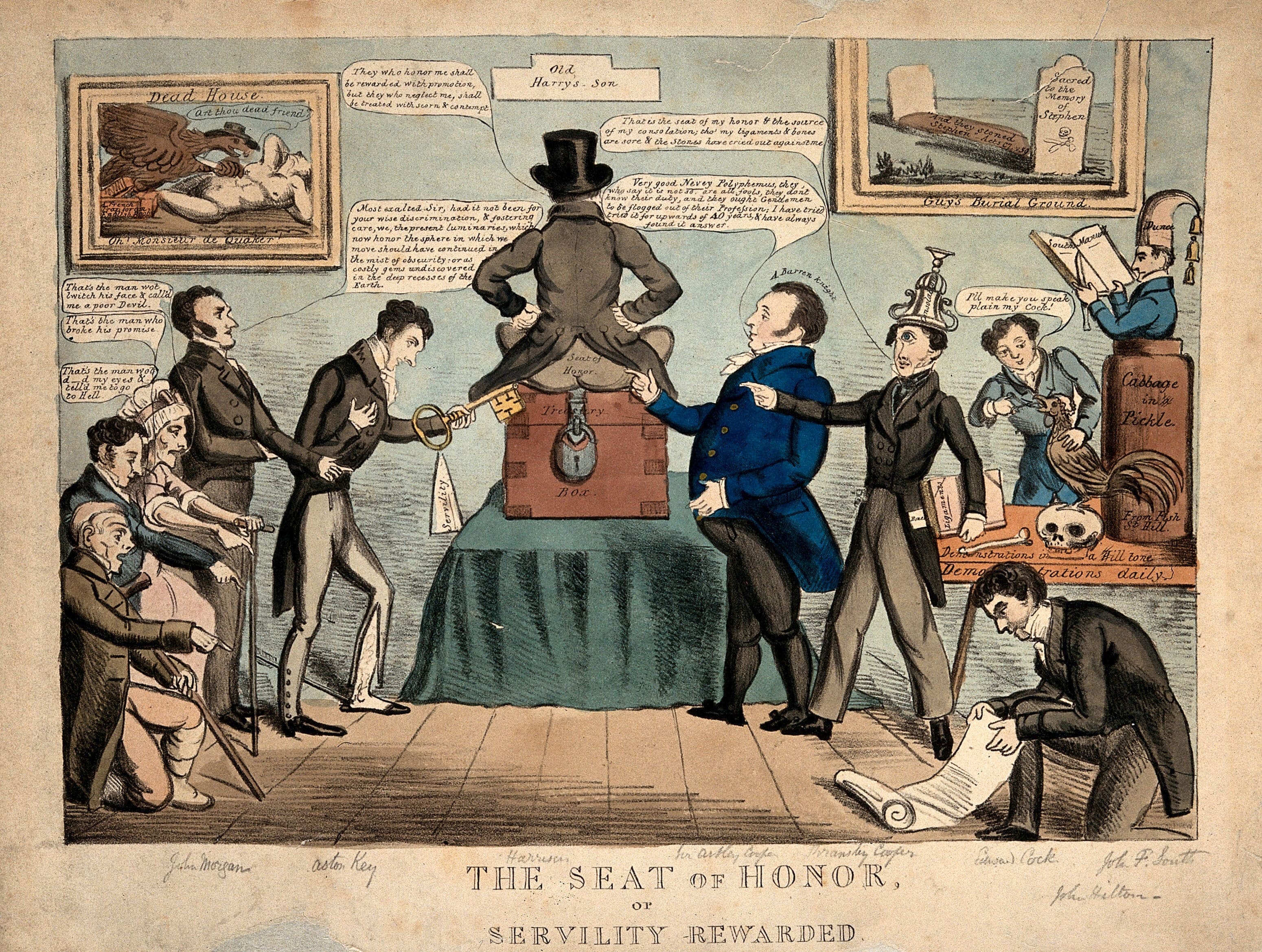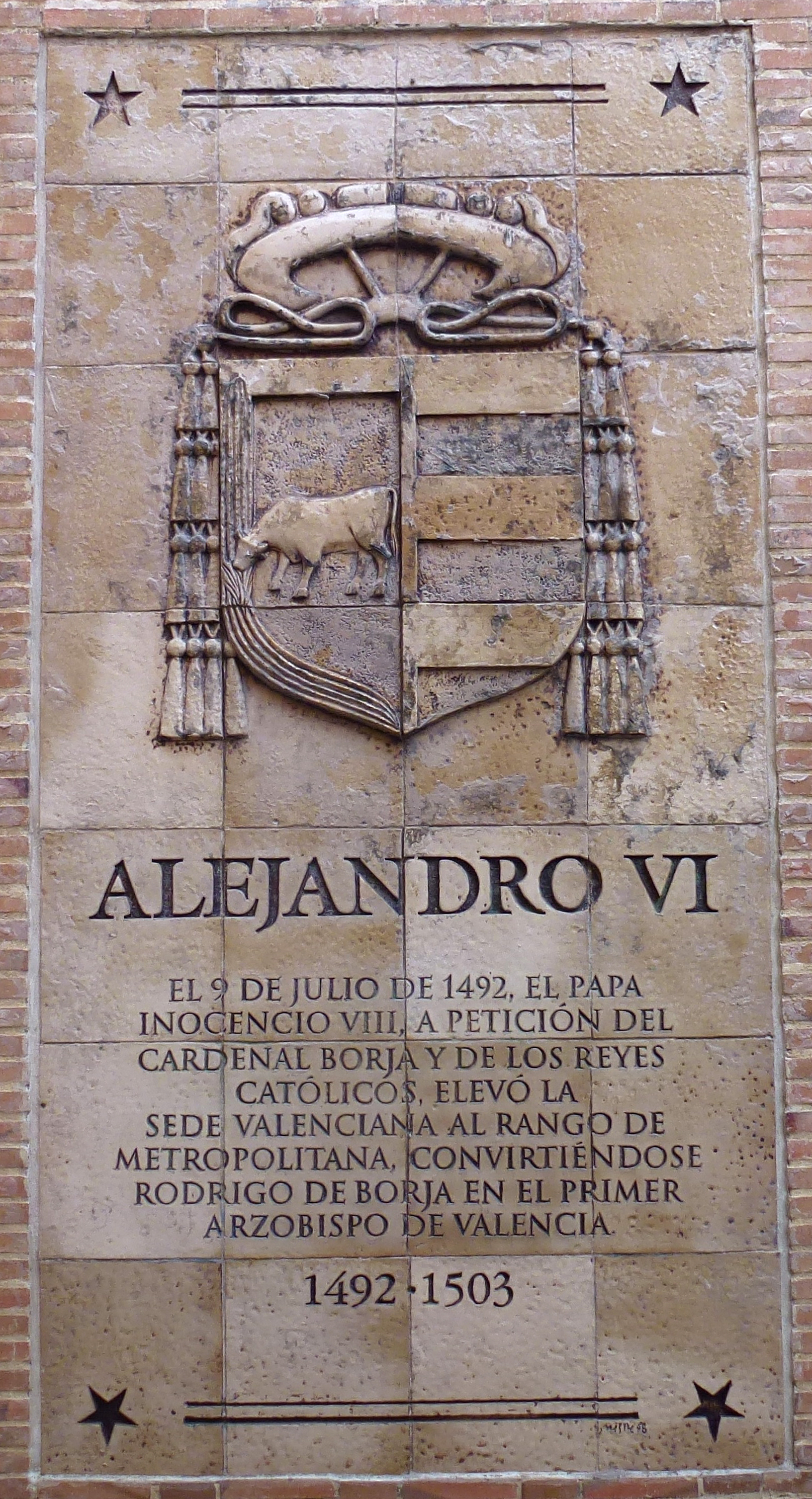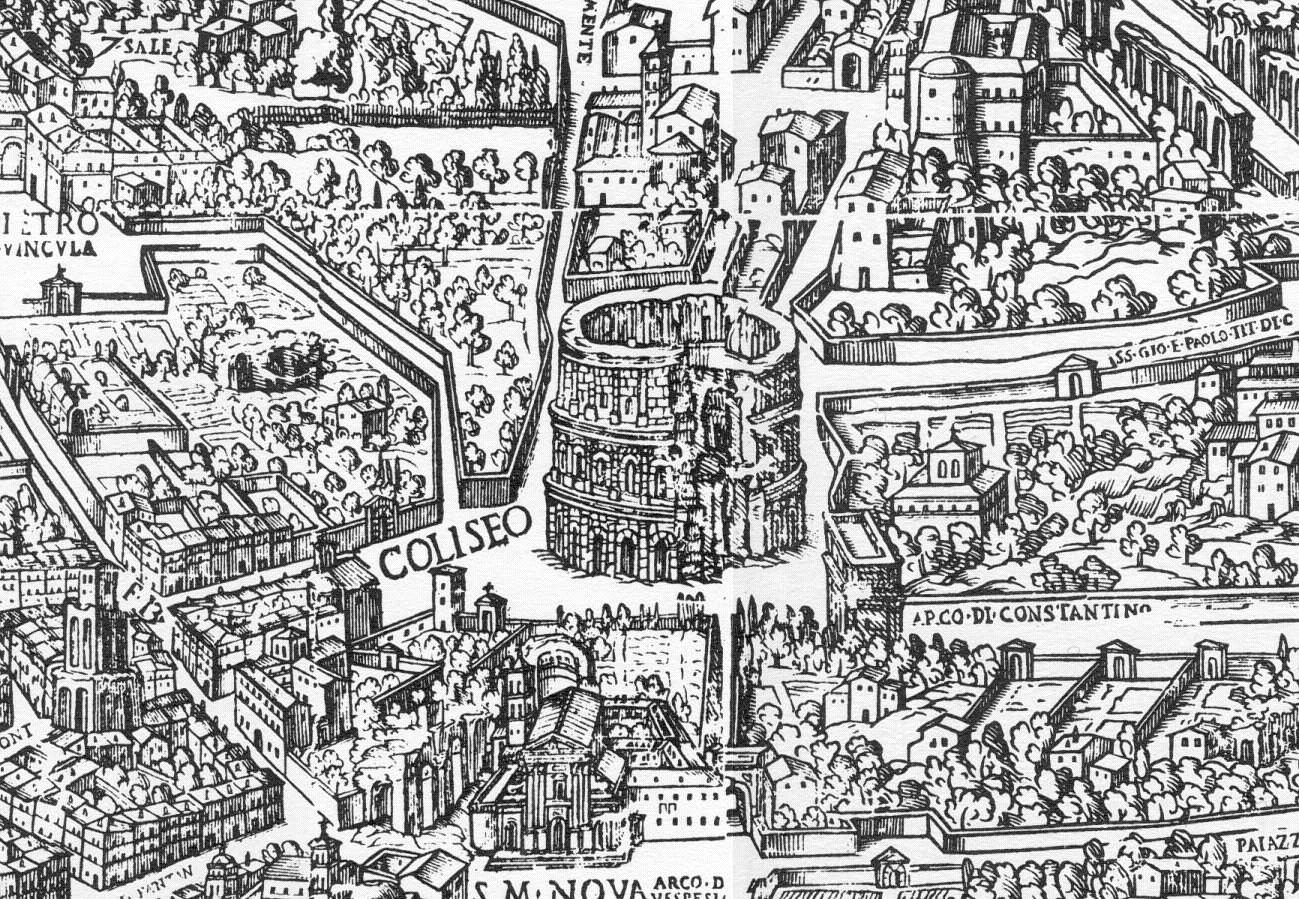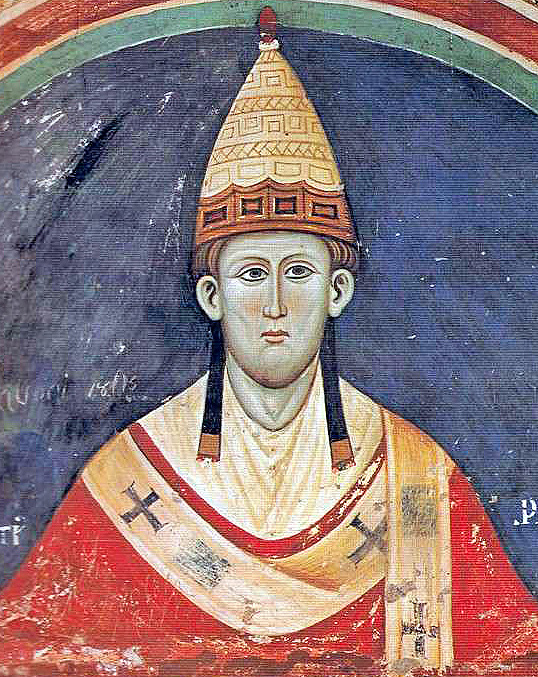|
Cardinal-nephew
A cardinal-nephew (; ; ; ; )Signorotto and Visceglia, 2002, p. 114. Modern French scholarly literature uses the term "cardinal-neveu'". was a Cardinal (Catholicism), cardinal elevated by a pope who was that cardinal's relative. The practice of creating cardinal-nephews originated in the Middle Ages, and reached its apex during the 16th and 17th centuries. The last cardinal-nephew was named in 1689 and the practice was abolished in 1692.Bunson, Matthew. 1995.Cardinal Nephew. ''The Pope Encyclopedia''. Crown Trade Paperbacks. . The word ''nepotism'' originally referred specifically to this practice, when it appeared in the English language about 1669. From the middle of the Avignon Papacy (1309–1377) until Pope Innocent XII's anti-nepotism papal bull, bull (a papal charter), ''Romanum decet pontificem'' (1692), a pope without a cardinal-nephew was the exception to the rule. Every Renaissance Papacy, Renaissance pope who created cardinals appointed a relative to the College of Card ... [...More Info...] [...Related Items...] OR: [Wikipedia] [Google] [Baidu] |
List Of Cardinal-nephews
A cardinal-nephew is a cardinal (Catholicism), cardinal elevated by a pope who was his uncle, or more generally, his relative. The practice of creating cardinal-nephews originated in the Middle Ages, and reached its apex during the 16th and 17th centuries.Bunson, Matthew. 1995.Cardinal Nephew" ''The Pope Encyclopedia''. Crown Trade Paperbacks. . From the Avignon Papacy (1309–1377) until Pope Innocent XII's anti-nepotism papal bull, bull, ''Romanum decet pontificem'' (1692), nearly every pope who appointed cardinals appointed at least one relative to the College of Cardinals,Until Pope Innocent XII, the only exceptions were popes who did not appoint the cardinals at all (Pope Pius III, Pope Marcellus II, Pope Urban VII, Pope Leo XI) and Pope Adrian VI (who appointed only one cardinal). including every Renaissance Papacy, Renaissance-era pope. Although nephews were the most common relation to be elevated to the College, other family members included sons and grandsons (whether ... [...More Info...] [...Related Items...] OR: [Wikipedia] [Google] [Baidu] |
History Of The Papacy
According to Catholicism, the pope is head of the Catholic Church, spans from the time of Saint Peter to the present day. In the first three centuries of the Christian era, many of Peter's successors as bishops of Rome are obscure figures, most suffering martyrdom along with members of their flock in periods of persecution. During the Early Church, the bishops of Rome enjoyed no temporal power until the time of Constantine. After the fall of the Western Roman Empire about 476, the medieval papacy was influenced by the temporal rulers of Italy; these periods are known as the Ostrogothic Papacy, Byzantine Papacy, and Frankish Papacy. Over time, the papacy consolidated its territorial claims to a portion of the peninsula known as the Papal States. Thereafter, the role of neighboring sovereigns was replaced by powerful Roman families during the '' saeculum obscurum'', the Crescentii era, and the Tusculan Papacy. From 1048 to 1257, the papacy experienced increasing confli ... [...More Info...] [...Related Items...] OR: [Wikipedia] [Google] [Baidu] |
Renaissance Papacy
The Renaissance Papacy was a period of papal history between the Western Schism and the Reformation. From the election of Pope Martin V of the Council of Constance in 1417 to the Reformation in the 16th century, Western Christianity was largely free from schism as well as significant disputed papal claimants. There were many important divisions over the direction of the religion, but these were resolved through the then-settled procedures of the papal conclave. The popes of this period were a reflection of the College of Cardinals that elected them. The College was dominated by cardinal-nephews (relatives of the popes that elevated them), crown-cardinals (representatives of the Catholic monarchies of Europe), and members of the powerful Italian families. There were two popes each from the House of Borgia, House of della Rovere, and House of Medici during this period. The wealthy popes and cardinals increasingly patronized Renaissance art and architecture, (re)building the ... [...More Info...] [...Related Items...] OR: [Wikipedia] [Google] [Baidu] |
Nepotism
Nepotism is the act of granting an In-group favoritism, advantage, privilege, or position to Kinship, relatives in an occupation or field. These fields can include business, politics, academia, entertainment, sports, religion or health care. In concept it is similar to cronyism. The term originated with the assignment of nephews, sons, or other relatives to important positions by Catholic popes and bishops. It has often been witnessed in Autocracy, autocracies, whereby Aristocracy, traditional aristocracies usually contested amongst themselves in order to obtain leverage, status, etc. Nepotism has been criticized since ancient history by philosophers including Aristotle, Thiruvalluvar, Valluvar, and Confucius, condemning it as both evil and unwise. Origins The term comes from Italian word ''nepotismo'',"Nepotism." Dictionary.com. ... [...More Info...] [...Related Items...] OR: [Wikipedia] [Google] [Baidu] |
Gregorio Leti
Gregorio Leti (29 May 1630 – 9 June 1701) was an Italian historian and satirist from Milan, who sometimes published under the pseudonym Abbe Gualdi, L'abbé Gualdi, or Gualdus known for his works about the Catholic Church, especially the papacy. All of his publications were listed on the ''Index Librorum Prohibitorum''.Ambrosini, Maria Luisa, and Willis, Mary. 1996. ''The Secret Archives of the Vatican''. Barnes & Noble Publishing. . p. 138. Life He was born in Milan on 29 May 1630 to Girolamo Leti and Isabella Lampugnano. Leti's paternal grandfather, Marco, was in the service of Cardinal Ippolito Adobrandini for two years and was then a judge in Ancona. He married Laura Pizzi and had two children, Agostino Francesco Nicola and Girolamo. Girolamo followed a military career under the Medici. In 1628 he was sent by Ferdinando II de Medici as an infantry Captain to Milan to help the Spaniards. Here Girolamo met and married Isabella a Milanese noblewoman. From this marriage was ... [...More Info...] [...Related Items...] OR: [Wikipedia] [Google] [Baidu] |
Alexander VI
Pope Alexander VI (, , ; born Roderic Llançol i de Borja; epithet: ''Valentinus'' ("The Kingdom of Valencia, Valencian"); – 18 August 1503) was head of the Catholic Church and ruler of the Papal States from 11 August 1492 until his death in 1503. Born into the prominent House of Borgia, Borja family in Xàtiva in the Kingdom of Valencia under the Crown of Aragon, he was known as Roderic de Borja, and he is commonly referred to by the Italianized form as Rodrigo Borgia. He studied law at the University of Bologna. He was ordained deacon and made a Cardinal (Catholic Church), cardinal in 1456 after the election of his uncle as Pope Callixtus III, and a year later he became Apostolic Chancery, vice-chancellor of the Catholic Church. He proceeded to serve in the Roman Curia under the next four popes, acquiring significant influence and wealth in the process. In 1492, Rodrigo was elected pope, taking the name Alexander VI. Alexander's Inter caetera, papal bulls of 1493 confirm ... [...More Info...] [...Related Items...] OR: [Wikipedia] [Google] [Baidu] |
Pietro Ottoboni By Francesco Trevisani
Pietro is an Italian masculine given name. Notable people with the name include: People * Pietro I Candiano (c. 842–887), briefly the 16th Doge of Venice * Pietro Tribuno (died 912), 17th Doge of Venice, from 887 to his death * Pietro II Candiano (c. 872–939), 19th Doge of Venice, son of Pietro I A–E * Pietro Accolti (1455–1532), Italian Roman Catholic cardinal * Pietro Aldobrandini (1571–1621), Italian cardinal and patron of the arts * Pietro Anastasi (1948–2020), Italian former footballer * Pietro di Antonio Dei, birth name of Bartolomeo della Gatta (1448–1502), Florentine painter, illuminator and architect * Pietro Aretino (1492–1556), Italian author, playwright, poet, satirist, and blackmailer * Pietro Auletta (1698–1771), Italian composer known mainly for his operas * Pietro Baracchi (1851–1926), Italian-born astronomer * Pietro Bellotti (1625–1700), Italian Baroque painter * Pietro Belluschi (1899–1994), Italian architect * Pietro Bembo (1470–15 ... [...More Info...] [...Related Items...] OR: [Wikipedia] [Google] [Baidu] |
Adrian VI
Pope Adrian VI (; ; ; ), born Adriaan Florensz Boeyens (2 March 1459 – 14 September 1523), was head of the Catholic Church and ruler of the Papal States from 9 January 1522 until his death on 14 September 1523. The only Dutchman to become pope, he was the last non-Italian pope until the Polish John Paul II 455 years later. Born in the Episcopal principality of Utrecht of the Holy Roman Empire of the German Nation, Adrian studied at the University of Leuven in the Low Countries, where he rose to the position of professor of theology, also serving as its rector (the equivalent of president or vice-chancellor). In 1507, he became the tutor of the future Charles V, Holy Roman Emperor, who later trusted him as both his emissary and his regent. In 1516, Charles, now King of Castile and Aragon, appointed Adrian bishop of Tortosa, Spain, and soon thereafter Grand Inquisitor of the kingdoms of Aragon and Castile. Pope Leo X made him a cardinal in 1517 and after Leo's death ... [...More Info...] [...Related Items...] OR: [Wikipedia] [Google] [Baidu] |
Honorius II
Pope Honorius II (9 February 1060 – 13 February 1130), born Lamberto Scannabecchi,Levillain, pg. 731 was head of the Catholic Church and ruler of the Papal States from 21 December 1124 to his death in 1130. Although from a humble background, his obvious intellect and outstanding abilities saw him promoted up through the ecclesiastical hierarchy. Attached to the Frangipani family of Rome, his election as pope was contested by a rival candidate, Celestine II, and force was used to guarantee his election. Honorius's pontificate was concerned with ensuring that the privileges the Roman Catholic Church had obtained through the Concordat of Worms were preserved and, if possible, extended. He was the first pope to confirm the election of the Holy Roman emperor. Distrustful of the traditional Benedictine order, he favoured new monastic orders, such as the Augustinians and the Cistercians, and sought to exercise more control over the larger monastic centres of Monte Cassino and Cluny ... [...More Info...] [...Related Items...] OR: [Wikipedia] [Google] [Baidu] |
Pope Anastasius IV
Pope Anastasius IV ( – 3 December 1154), born Corrado Demetri della Suburra, was head of the Catholic Church and ruler of the Papal States from 8 July 1153 to his death in 1154. He is the most recent pope to take the name "Anastasius" upon his election. Early life He was a Rome, Roman, son of Benedictus de Suburra, probably of the family of Demetri, and became a secular clerk. He was created cardinal-priest of S. Pudenziana by Pope Paschal II no later than in 1114. In 1127 or 1128, Pope Honorius II promoted him to the suburbicarian See of Sabina. He was probably given this position for siding with Honorius II during a dispute over the appointment of a new abbot of Farfa. He had taken part in the double papal election, 1130, papal election of 1130, had been one of the most determined opponents of Antipope Anacletus II and, when Pope Innocent II fled to France, had been left behind as his vicar in Italy. At the time of his papal election, 1153, election to the papacy in July 1153 ... [...More Info...] [...Related Items...] OR: [Wikipedia] [Google] [Baidu] |
Alphonsus Ciacconius
Don Alphonsus Ciacconius (; 15 December 153014 February 1599) was a Spanish Dominican scholar in Rome. Ciacconius was an expert on ancient Graeco-Roman and Paleo-Christian epigraphy, the Medieval paleography and manuscripts, besides the history of the papacy. Biography Ciacconius studied theology at the university of Santa Catalina, Jaén, from 1548 to 1553, when he was appointed ‘collegiale perpetuo’ at the Colegio de Santo Tomás, Seville. His archaeological interests were spurred by his friendship with Ambrosio de Morales, author of ''Las antigüedades de las ciudades de España'' (Alcalá de Henares, 1575). In 1566 Ciacconius was summoned to Rome as Minor Apostolic Penitentiary of St Peter’s. While there he lived as a guest of Cardinal Francisco Pacheco de Toledo and wrote his first major work on Roman history, the ''Historia seu verissima a calumniis multorum vindicata'' (1576), dedicated to Pope Gregory XIII. His ''Historia utriusque belli Dacici a Traiano Caesa ... [...More Info...] [...Related Items...] OR: [Wikipedia] [Google] [Baidu] |
Temporal Power (papal)
The Holy See exercised temporal power, as distinguished from its spiritual and pastoral activity, while the pope ruled the Papal States in central Italy. The Papal States ceased to exist following the capture of Rome in 1870 by the Royal Italian Army, after which its remaining territories were annexed to the Kingdom of Italy. The Lateran Treaty of 1929 later established the Vatican City, a small city-state where the Holy See currently exercises temporal powers. Origins Patrimony of Saint Peter The Lateran Palace was the first significant acquisition of the Holy See, most probably a gift from Constantine the Great. The example of Constantine was followed by wealthy families of the Roman nobility, and the residences and estates that were acquired in turn were designated the '' Patrimonium Sancti Petri.'' After the deposition of the last Roman emperor in the West in 476, the popes were subjects, first of Odoacer, then Arian Ostrogothic kings, then of the Byzantine em ... [...More Info...] [...Related Items...] OR: [Wikipedia] [Google] [Baidu] |

